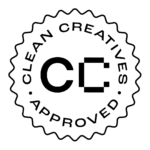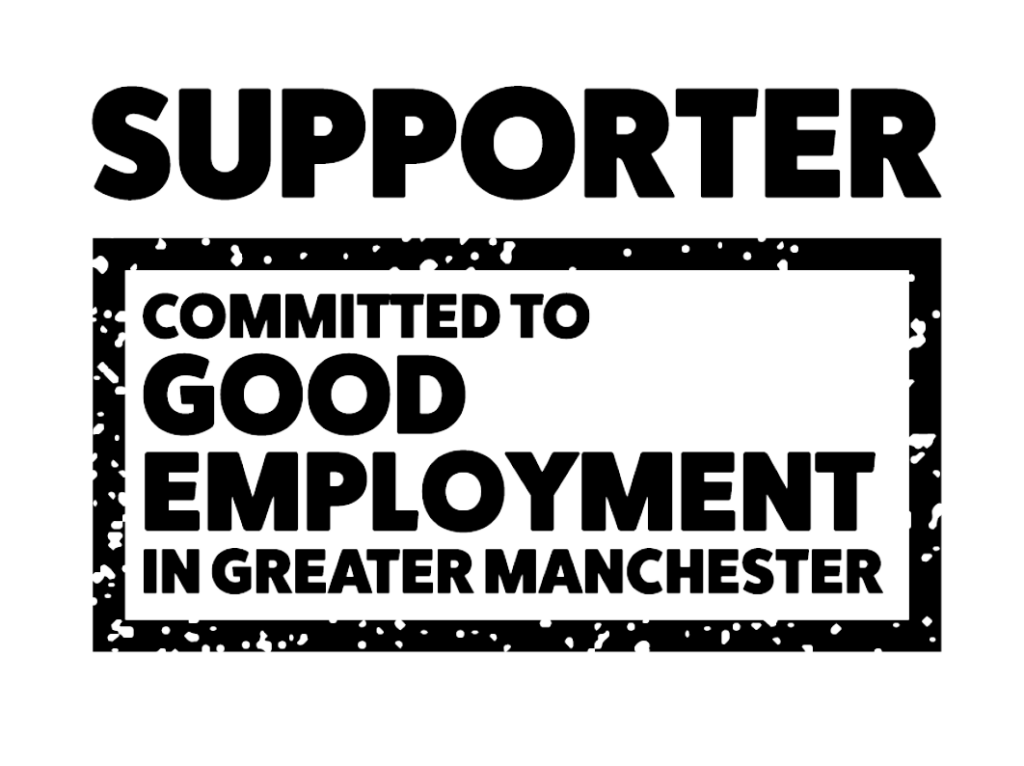Which technologies do you need to supercharge customer engagement and maximise your marketing team’s efficiency?
This was the main topic of the event: ‘Brand Evolution: Optimise Marketing Performance by Implementing the Right Digital Technologies’, organised by Josh Bolland, BIMA member and CEO of the digital consultancy JB Cole UK (if you aren’t familiar with Josh’s incredible business story, you can discover it here).
Our founder, Mike Pye, joined the event’s expert panel to discuss game-changing technologies and how reporting accurately on marketing performance can facilitate business growth. Other speakers included Karl Barker, Chief Strategy Officer at Cube 3 and Penny Langton, Group Marketing Director at Morris Homes.
Here are our key takeaways from the event to help you capitalise on the right marketing tech for your business.
“The expansion of choice has become the explosion of choice” – Sheena Lyengar
Marketing tech has exploded over the last 15 years, transforming businesses in astronomical ways – we have access to tools that help us understand our customers and the journeys they go on when engaging with our offering, enabling us to refine our marketing strategies and make the most out of our advertising spend.
But with so many tools available, it’s a minefield to know which ones are best.
Today, our clients use an average of 26 different tools and technologies across acquisition, automation, design, project management, CRM, customer research and SEO.
Overwhelming choice means it’s becoming increasingly likely that businesses aren’t using the best tools for the job – simply because it’s difficult to keep track of everything out there.
So how can businesses combat the negative aspects of having too much choice? Taking time to learn about the best tools on the market and how to make these tools work together is key.
How effective is marketing automation?
Automating repetitive marketing tasks, such as sending emails, and maximising your output on different channels gives marketing professionals extra time to put towards strategising and innovation.
However, a lot of businesses implement marketing automation technology only to find that it isn’t delivering a solid ROI. Why? Because it’s only as effective as the person setting it up and the strategy they’re working with.
Here are some of the biggest mistakes people make with automation:
- Thinking of automation purely in terms of time-saving, not how it can help solve customer pains
- Treating it as a cure-all when the original strategy needs work
- Lacking good-quality content to feed your marketing machine
- Failing to take into account the messages that need to be received by customers
- Not properly setting things up (wrong time, wrong message and wrong platform equals poor personalisation)
- Not taking people out of workflows after they’ve made a purchase
- Buying software and not using it to its fullest capacity
- Relying on automation over human relationships (best used in conjunction, people buy from people)
- Not incorporating automation into sales teams and their processes
- Not training key people – they can’t use the technology to its best effect
There are simple fixes to all of these problems.
For example, understanding your audience extensively and the challenges they face through research and data analysis will help you strengthen your strategy, put your content in front of the right people and move buyers through the funnel effectively. So when you set up automation, you’re targeting the right people and the right time through the right channels.
How marketing technology has affected traditional advertising
While the rise in digital advertising spend has gone through the roof, there’s still a place for traditional ads. But the world has changed over the past 15 years. To outshine the competition with out-of-home advertising, businesses need to look to data to understand their audiences better.
The problem is, there is so much data available. Which makes it difficult to know what’s meaningful and what isn’t. That’s why modern marketers need to be skilled at understanding and crunching data so they can think strategically about how to best influence their audience.
The surge in technology has also enabled marketers to churn out traditional campaigns at speed and at low cost. This has resulted in a shift in mindset – a lot of businesses seem to value quantity over quality comprising good design and content.
The truth is that no amount of data or technology can compensate for poor marketing. You need brilliant copy, oodles of creativity and exceptional customer journeys to maximise the ROI of data-driven campaigns.
Making the most out of your investment
I visited a new client last week who pays for a salesforce subscription they don’t actually use – they are still relying on outlook! Why? Because there’s no one in the business who understands the software’s value or how to use it.
To avoid losing out on a substantial investment in new tech, businesses need to conduct a technology audit. The idea is to learn what tech is needed now and in the future to facilitate growth. Then businesses should create a technology plan that outlines which tools are required and when, plus how to utilise their potential (our amazing client, San-iT recently wrote an article of creating a technology plan. You won’t regret checking it out!).
The next step is getting staff to buy into the technology and giving them the training needed to use these new tools effectively. This gives them the motivation and knowledge required to get the greatest potential out of your investment.
Also, conducting regular reviews to ensure your tools are continually fit for purpose will ensure you’re never using out-of-date tech if there are better versions out there.
How do you secure strategic value from the content you create?
You need to create content for people, not just for search engines. SEO is important – it helps you put your content in front of the right users. But if your words aren’t engaging or personalised, your investment will go to waste.
The first thing you need to nail is your customer personas. Understanding customers’ pains, drivers and demographics is key to creating hyper-targeted content that resonates with readers. Getting people to complete surveys and collecting data via your CRM are great ways to harvest this information.
Customer personas also give you insight into each part of the sales funnel helping you create awareness (TOFU), evaluation (MOFU) and conversion-centred (BOFU) content that engages leads with different mindsets and guides them to a sale organically.
Also, consider seeking out strategic partnerships and contributors to add more value and extend your reach. With a greater variety of content – blogs, podcasts, videos, webinars, etc. – you can appeal to many audiences from all angles.
Finally, by looking at content as a tool for brand building and not just traffic generation, you gain the ability to broadcast a compelling story as to why people should choose you based on your ethics and the way you work.
In this sense, content isn’t just for customer acquisition. You can use content to boost your talent acquisition strategy to attract first-rate candidates to your business.


